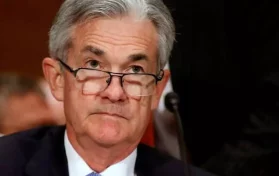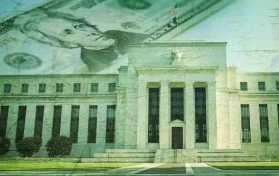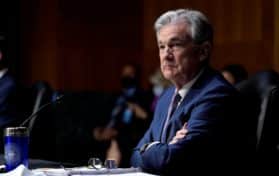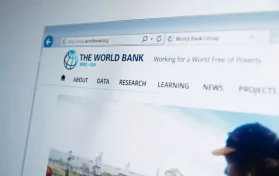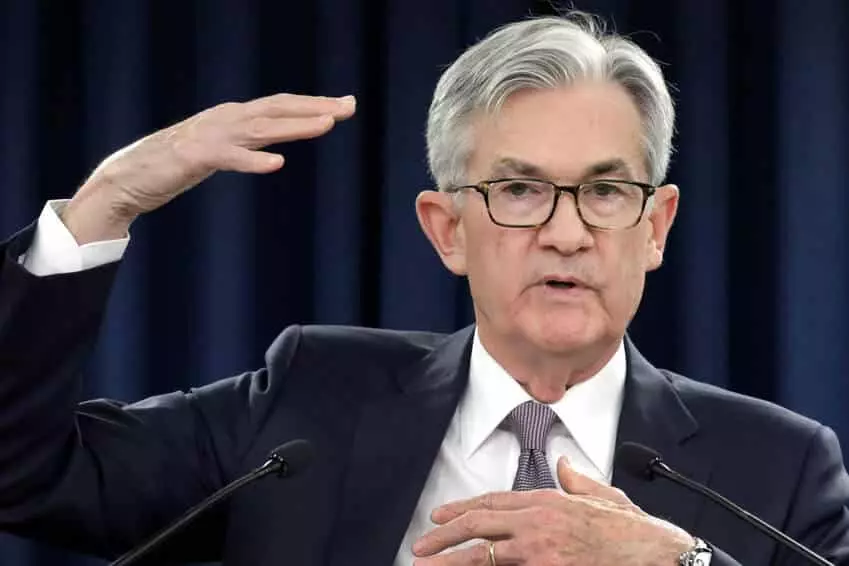
Inflation sits at a forty-year high, but, yesterday, Jerome Powell, Federal Reserve Chairman, indicated that interest rates could go up “soon.” This would be the first rate hike in three years. Meanwhile, inflation is at seven percent, and supply chain woes appear to have no end in sight. Policymakers, however, are looking for a way to get the price of goods under control as well as fight an inflation rate that has surged in the last year.
This week, during a two-day meeting, officials at the central bank signaled that they were in favor of an interest rate hike. To date, the Fed has left interest rates as they were in March 2020, but concerns about a rapid increase in consumer prices has policymakers seriously considering raising interest rates, something the Fed has not done since December 2018.
The Fed released a statement at the end of the meeting: “With inflation well above two percent and a strong labor market, the committee expects it will soon be appropriate to raise the target range for the federal funds rate.” The Fed is not scheduled to meet again until March 15 – 16 of this year.
Last year, the Fed slowed down its bond purchases with the program to conclude in March. Then end of the program would allow policymakers at central bank to raise interest rates in order to reduce a balance of $9 trillion. However, as bond holdings expire, the central bank we be able to decrease its bond holdings “in a predictable manner,” which includes reinvesting as the bonds expire.
The Fed also discussed its approach to reducing that balance “in light of economic and financial developments” and indicated they are “prepared to adjust any of the details of its approach.”
Many factors have influenced the current surging inflation rate. The nation’s jobless rate is currently at 3.9 percent in December (for comparison, during the pandemic, the unemployment rate reach a high of 14.7 percent). Consumer prices went up by 7.1 percent in just one year. Consumer demand has been met with supply chain issues that are leaving store shelves empty across the nation.
Fed chair Jerome Powell said after the meeting that “both sides of the mandate are calling for us to move steadily away from the very highly accommodative policies we put in place during the challenging conditions that the economy faced earlier in the pandemic.” He added that most participants agreed that current labor market conditions are “consistent with maximum employment.”
Predictions have already been broadcast that the Fed is likely to increase interest rates at least four times this year. As a result, traders are banking on a 90 percent chance that there will be a rate increase when the Fed meets once more in March. The CME Group says that traders are also considering a sixty-five percent chance that the four predicted rate hikes will take place as expected.
At the same time, there are noted economists who believe the Fed has waited too long to make a move to counter the raging inflation Americans are facing. Still other economists believe that if the Fed raises rates too quickly, will slow hiring and could have the adverse effect of raising unemployment rates. If this does happen, low-wage income earners could be hurt the most. The economy could also be hobbled by increased interest rates as rates on both consumer and business loans will cost more in the long run. Employers could cut back on spending, and laying off employees could be one area in which the cuts take place.
At the end of his press conference, Powell said that it’s “important that (the Fed) be humble and nimble” in how they raise rates. He echoed that it is “difficult to determine what pace of rate increases” is necessary to slow down inflation without wrecking an already-struggling economy. Powell vowed to be led by “incoming data and the evolving outlook.”
The market, however, is already feeling the effects of the predicted rate hikes. Just this week, there has been a 1,000 point drop in the Dow Jones Industrial average.


